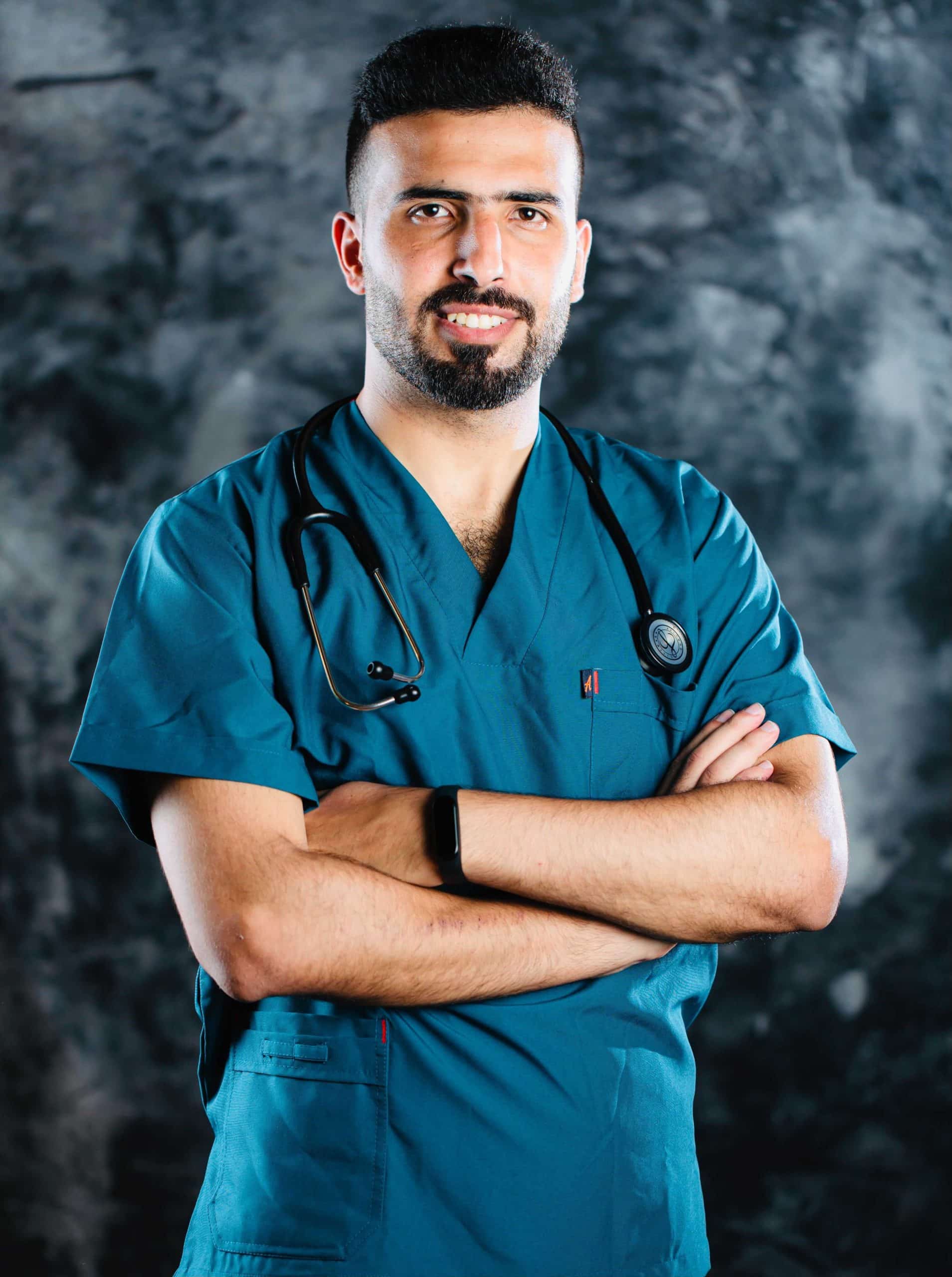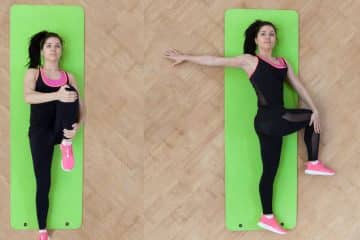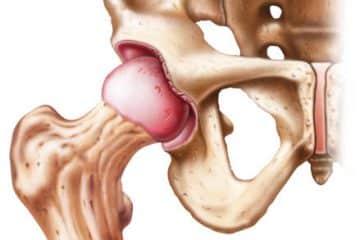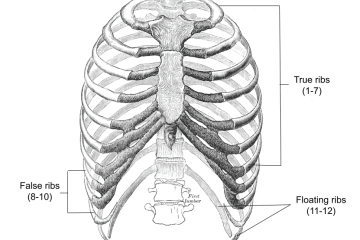Rotator Cuff Surgery Cost | Overview | Performance
Overview
A rotator cuff is a group of muscles and tendons that stabilize the shoulders. It’s is a very important component of the shoulder joint. It enables you to extend up and raise your arm.
A rotator cuff lesion, such as a tear, can occur immediately when a person falls on an extended hand or progresses over a while as a result of excessive activity.
Elderlies are also more prone to rotator cuff injuries and degenerative changes.
If the rotator cuff is damaged, you may need surgery to fix it. Cutting off bone spurs that are constricting the shoulder or mending injured muscles or tendons in the shoulder are examples of rotator cuff surgery.
Arthroscopy, open surgical intervention, or a combination of both surgical procedures may be performed to correct a rotator cuff tear.
The purpose of rotator cuff surgery is to repair the lesion and assist restore the shoulder’s function and mobility while also relieving pain that hasn’t responded to prior therapies.
What is Rotator Cuff Surgery?
It is a surgery during which the tendon is usually reattached to its original site (head of the humerus) to repair a torn rotator cuff tendon.
A partial tear may just require debridement, which is a cutting or smoothing technique. The tendon is stitched back to its normal location on the humerus to repair a complete tear.
Types of Rotator Cuff Surgery
Open Repair
A standard surgical cut a few cm long is made over the shoulder in this procedure. To reach the ruptured tendon and heal it, the orthopedic surgeon splits the shoulder muscles.
In serious rotator cuff lesions where the injured tendon cannot be stitched up to the tip of the humerus, a tendon transfer is a surgical alternative. A tendon from another part of the body is used to reconstruct the rotator cuff tendon.
Arthroscopic Repair
Patients with minor tears are frequently treated with arthroscopic surgery. It is the least invasive of the three rotator cuff repair procedures and is performed as an outpatient operation.
The doctor makes small incisions to implant a tiny camera and surgical equipment.
Mini-open Repair
Both arthroscopic and open surgery approaches are used in mini-open surgery. Arthroscopy is performed to assess the injuries, remove loosened cartilage, and cut away bone spurs.
A small incision is then produced to allow the doctor strong visual exposure to the tear and repair it. It is less invasive than the open repair approach.
Indications of Rotator Cuff Surgery
The following are among the most common causes for patients to undergo rotator cuff repair:
- Patients under the age of 60
- Patients with a full-thickness cuff tear that has been demonstrated
- Patients who last 6-12 months without improvement with initial nonoperative treatment
- Patients who need to use the involved shoulder in overhead activities
- Your shoulder has severe weakening and impaired function.
- A recent, acute injury.
Contraindications of Rotator Cuff Surgery
There are a few contraindications of this surgery, that is associated with poor outcomes, and involve:
- Chronic arthritis.
- Diabetes.
- Parkinson’s disease.
- Morbid obesity.
- A previous shoulder surgery.
Equipment of Rotator Cuff Surgery

Rotator cuff surgery
- Arthroscope
- Shaver
- Radiofrequency ablation device
- Open retractors
- Arthroscopic pump
- Crochet hooks
- Suture retrievers
- Tissue grasper
- Elevators
- Knob pushers
- Guillotine knot cutters
- Suture passers
See Also
How Rotator Cuff Surgery is Performed?
I. Positioning
Exposure requires a thorough subacromial decompression. This typically takes place after the glenohumeral arthroscopy, during which the cut is visualized from its articular side.
II. Mobilization
Once the subacromial burs have been debrided and the tear is identified, the cuff may need to be mobilized.
Soft tissues are removed from the tuberosity, but the cortical bone is preserved. Again, the arm holder can be used to rotate the arm so that the tear is in perfect view.
III. Anchor Placement
Next, the suture anchors are placed. If bioabsorbable anchors are to be used, then the appropriate drills, punches, and taps must be available. Either metal alcohol or restorable anchors are acceptable.
IV. Suture passage
For passing the sutures through the rotator cuff tendon, there are many different techniques that can be used. Passing can be divided into direct and indirect (shuttling) techniques.
V. Tying the Sutures
or retrieving the sutures, suture retrievers and crochet hooks are essential. Several manufacturers have these available. Futures should be handled gently, and instruments that retrieve them should be smooth so as not to damage or fray them.
Risks of Rotator Cuff Surgery
There are a few complications after this procedure and include:
Nerve damage. The nerves that control the shoulder muscles are usually involved.
Postoperative infection. If an infection develops, you may need more surgery or antibiotic treatment for a lengthy time.
Detachment of deltoid. The deltoid muscle is removed throughout an open repair to allow greater exposure to the rotator cuff. To enable this area to heal after the operation and during recovery, it is critical to protect it.
Postoperative permanent stiffness. The chance of chronic stiffness is reduced with early movement. The majority of the time, more aggressive therapy and exercise will improve stiffness.
New tendon tear. All forms of repairs have the potential for re-tear. The bigger the tear, the more likely it is to re-tear.
How Long Does Rotator Cuff Surgery Last?
The rotator cuff repair may take 2-3 hours on average to be done and you should remain in the hospital for 2-3 days under observation.
Cost of Rotator Cuff Surgery
the price of a Rotator Cuff Repair Surgery may cost from 4,500$ to 13,000$. Those who have medical insurance can benefit from it by covering a part of the cost.
See Also
References
https://www.ncbi.nlm.nih.gov/books/NBK547664/
https://pubmed.ncbi.nlm.nih.gov/31813166/
https://orthosports.com.au/shoulder/arthroscopic-rotator-cuff-repair/

Dr.Sharif Samir Alijla, is a general medical doctor and a well-rounded professional that cares and treats patients from Palestine. I participated in many medical studies and conferences, I've launched a range of community initiatives and taken part in a variety of leadership and change training programs. I worked as an author for many medical websites such as TebFact . I specialized in writing medical articles from authoritative and updated sources in a simple and smooth the way for the reader.



